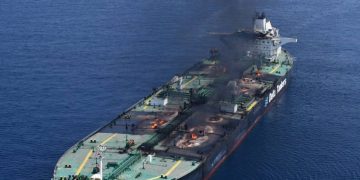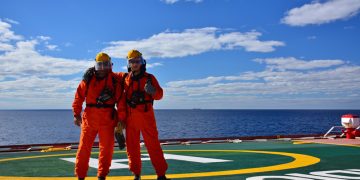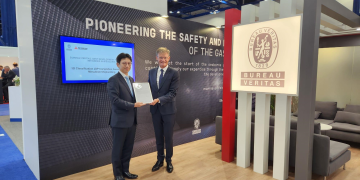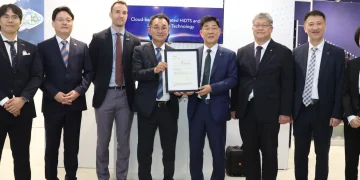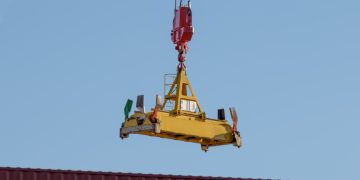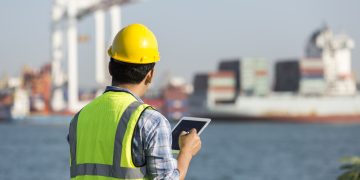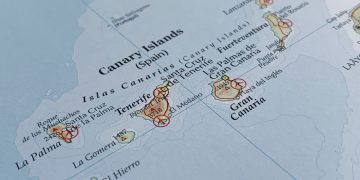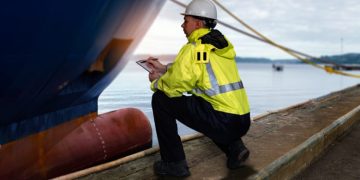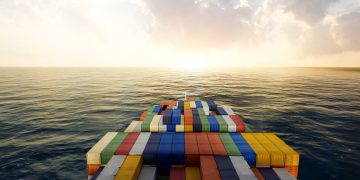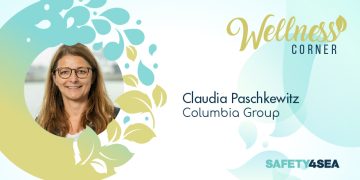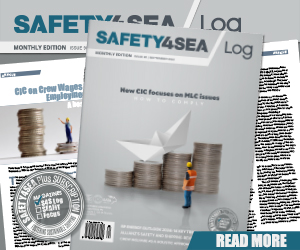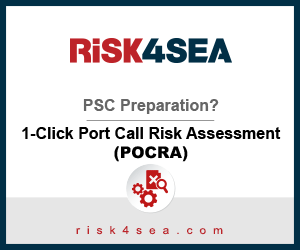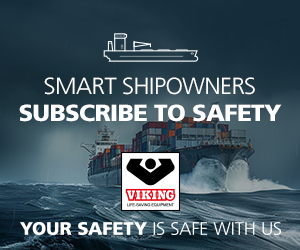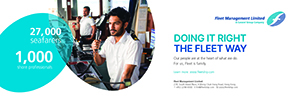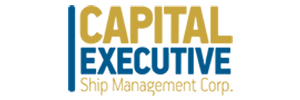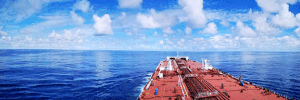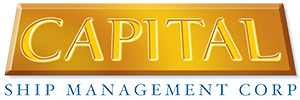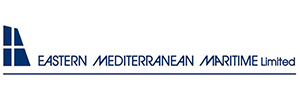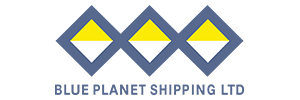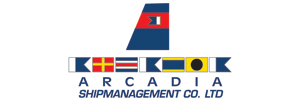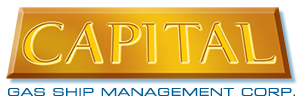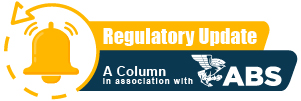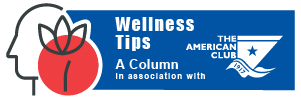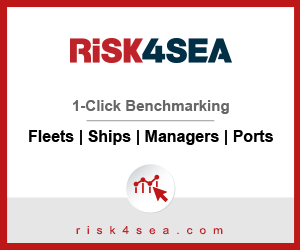The National Transportation Safety Board (NTSB) has released an investigation report on a collision between Tugboat Mark E Kuebler and Tanker Nisalah, on January 22, 2023.
The incident
On January 22, 2023, about 1530 local time, the tugboat Mark E Kuebler and the tanker Nisalah collided while the tanker was transiting inbound in the Corpus Christi Ship Channel near Ingleside, Texas. The tugboat’s hull was breached and the tanker’s propeller was damaged in the collision. The captain of the Mark E Kuebler grounded the tugboat to prevent it from sinking, and, while aground, a small sheen of hydraulic oil was observed near the tugboat. The oil was recovered with absorbent pads. No injuries were reported. Damage to the Mark E Kuebler was estimated at $3 million; damage to the Nisalah was estimated at $3.9 million.
Analysis
The Mark E Kuebler was one of five tugboats assigned to assist the inbound tanker Nisalah in transiting through the Corpus Christi Ship Channel to a terminal in Ingleside. After meeting the Nisalah in the Corpus Christi Ship Channel, the Mark E Kuebler transited off the tanker’s starboard quarter for a brief period. The
mate on the tugboat then executed a clockwise 180° spin maneuver in preparation for making up to the larger vessel. During the maneuver, the tugboat fell back toward the stern of the tanker, and, in response, the mate on the Mark E Kuebler increased the speed of the tugboat to regain position off the tanker’s starboard quarter. However, as the Mark E Kuebler—now transiting in the astern direction—moved forward about 50–60 feet offset from the Nisalah, the tugboat’s stern was drawn in toward the tanker. The mate attempted to counteract this motion by increasing engine power and turning the Z-drives to steer the tugboat’s stern away from the tanker; however, the tugboat’s thrust was not able to overcome the hydrodynamic forces pulling the vessel into the tanker. Consequently, the Mark E Kuebler collided with the Nisalah. As a ship moves through a waterway, the flow of water around the hull produces areas of
high and low pressure that can influence the movement of another vessel, such as a tugboat, operating in close proximity.
As the Mark E Kuebler moved to get into position alongside the Nisalah after executing the 180° spin, the tugboat (moving in the astern direction) approached the area of low pressure on the Nisalah’s starboard quarter. Because the Nisalah was in ballast, the inward curve of the ship’s hull toward the stern at the waterline was more pronounced than it would have been if the ship were loaded. Thus, the pressure near the VLCC’s starboard quarter was further reduced as compared to the vessel at its loaded draft. In addition, the drop in pressure was further accentuated near the propeller. The hydrodynamic suction produced by the low pressure in this area caused the Mark E Kuebler’s stern to be drawn into the tanker. As the Mark E Kuebler attempted to regain position on the Nisalah, the VLCC’s speed was 9.6 knots. Hydrodynamic forces created by a ship increase exponentially with speed, and therefore an increase of even a few knots has a significant effect on the forces acting on a tugboat operating nearby.
Moreover, as the Mark E Kuebler attempted to move into position, the tugboat’s speed increased to 11.6 knots—just 1.4 knots less than its maximum-rated ahead speed. Higher speed reduces the amount of reserve propulsion power available to the operator. Because most of the tugboat engines’ power was being used to regain position on the Nisalah, the Mark E Kuebler had insufficient power to counteract the hydrodynamic forces created by the tanker. After the collision, the tugboat’s operating company instituted a policy limiting stern-first landings of tugboats on assisted vessels to speeds of 7 knots or less.
Conclusions
Probable Cause
The National Transportation Safety Board determines that the probable cause of the collision between the tugboat Mark E Kuebler and the tanker Nisalah was the mate maneuvering the tugboat near the starboard quarter of the tanker, which resulted in the tugboat being drawn in toward the tanker by hydrodynamic forces that the tugboat had insufficient reserve power to counteract due to the transit speed of the vessels.
Lessons Learned
Hydrodynamic Forces between Vessels in a Channel
As a large ship moves through a channel, a low-pressure suction is particularly strong on the vessel’s quarters near the inlet side of the propeller, and hydrodynamic forces increase exponentially with the vessel’s speed. Therefore, a small vessel operating near a larger vessel must maintain a safe operating distance or have sufficient reserve power to counteract the hydrodynamic forces to avoid being pulled into the other vessel and risking collision. If a small vessel must operate near a larger vessel—such as a tugboat conducting harbor-assist operations—the operator of the smaller vessel should be aware of the hazards caused by hydrodynamic forces and, if necessary, maintain a safe distance until the larger vessel slows and the hydrodynamic forces are reduced.
Speed During Harbor-Assist Maneuvers
Owners and operators of Z-drive tugboats that perform harbor-assist operations should set speed limits for advanced maneuvers such as stern-first approaches. These limits may vary for different classes of tugboats based on design. Tugboat operators should communicate these limits to ship masters or pilots in command of the vessels that they are assisting before engaging in these maneuvers.







